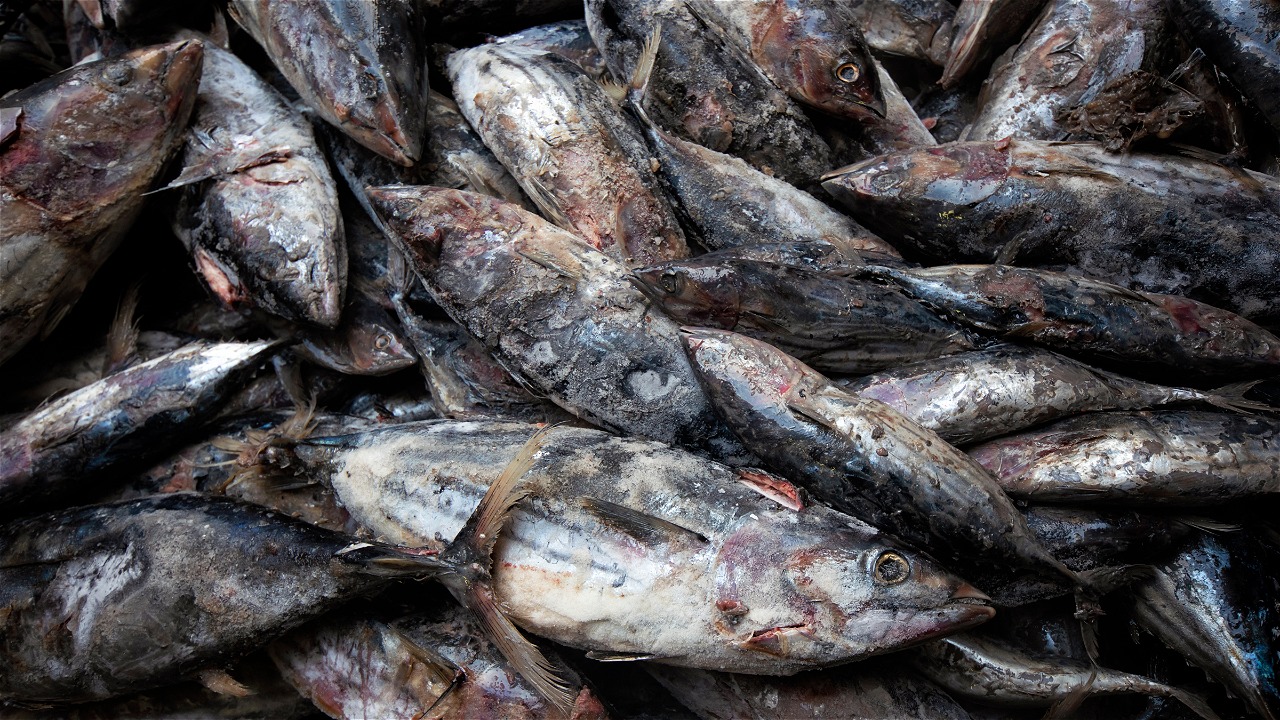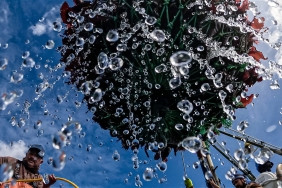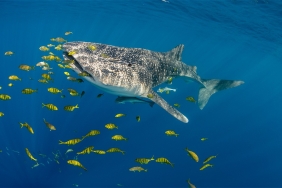CHOOSE SEAFOOD WISELY, ASK ABOUT ITS ORIGIN
For some people, eating seafood is a routine thing to do. But have you ever thought about the population and the way the seafood is caught? Perhaps the seafood you consume has been depleted, or there are regulations that prohibit its consumption. Perhaps the seafood served in restaurants has been caught using destructive methods, such as bombs, trawling, or cyanide poisoning? Until the surrounding ecosystem becomes the victim.
The pleasure of eating seafood has its own sensation, it can also reach foodgasm. But it's important to realize that some fish species are in decline, such as tuna and rays. There are also species that already have protection regulations, namely Dugong, sea turtles and dolphins, which means that they are absolutely not allowed to be consumed.
Then the rest can be consumed freely, right? Hold on, even though the others are still in a safe status but pay attention again to how the catch is destructive or not.
Lobsters and groupers, for example, are mostly caught by spraying poison. These harmful chemicals can damage coral reefs and other marine animals. Shrimp are caught using trawl nets that damage the seabed ecosystem. In addition, various types of reef fish that are a favorite of many people such as snapper, grouper, baronang, yellowtail, goat and butana, are caught using explosives that destroy corals for decades to come.
Seafood Guide: A Wise Guide to Choosing Seafood
Seafood Guide comes as a practical and wise guide in choosing seafood. First published in 2005 and continuously updated until 2011, this small-sized guide is distributed to the public and also freely downloadable.
The guide lists fish found in Indonesian waters with color cues of red: avoid, yellow: consider, and green: best choice for consumption.
The types of destructive and environmentally friendly fishing gear are also referenced as to whether the fish species can be consumed or should be avoided. Such as yellowfin tuna, the guide shows the colors yellow, consider and green. However, in the green color, the word HN is added, which means that it can be consumed if the yellowfin tuna is caught with hand line - longline fishing gear.
But how can we know the fishing gear used on the seafood we want to consume? Ask, from now on not only wisely choose seafood but dare to ask the seller how the seafood is obtained. There are still many sellers who do not know the origin of their seafood, with many consumers asking questions, it will raise the awareness of sellers to sell seafood that has a clear origin.
Let's be wise in choosing seafood and dare to ask the origin of seafood from now on! Watch video about seafood guide and download the electronic seafood guide here.
Author: Fajrina Nissa Utami - Marine Campaign & Social Media Assistant





